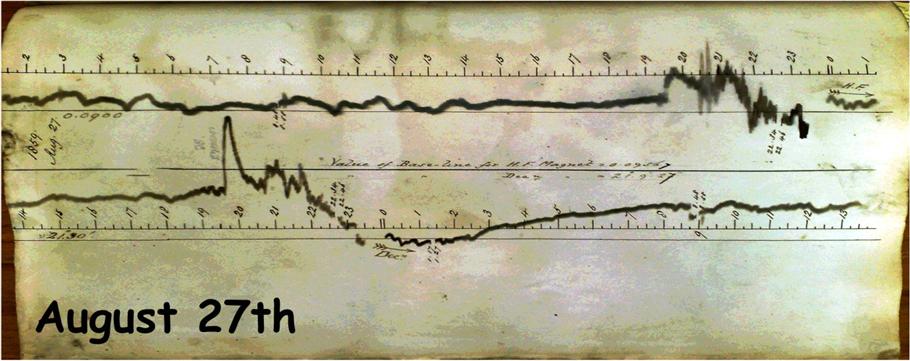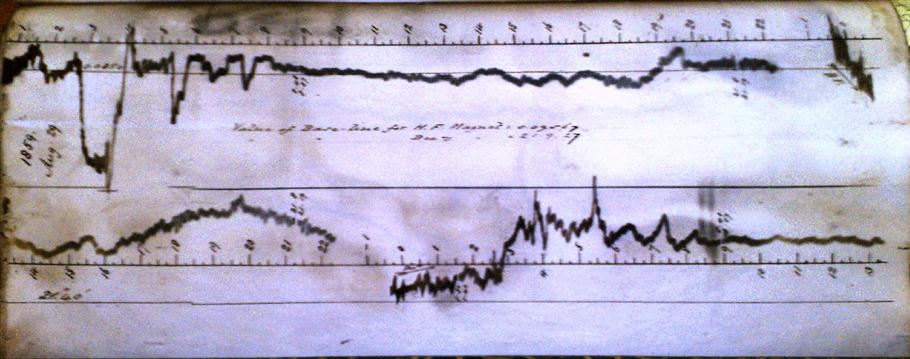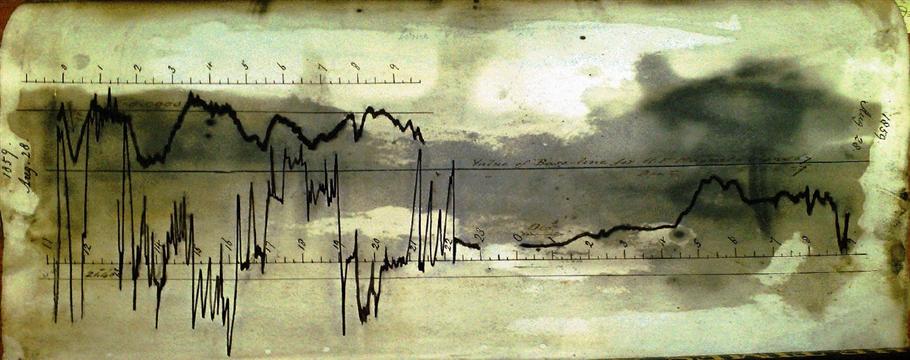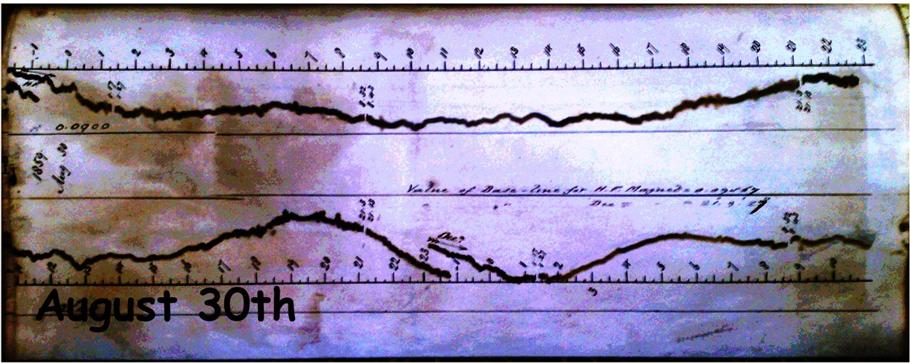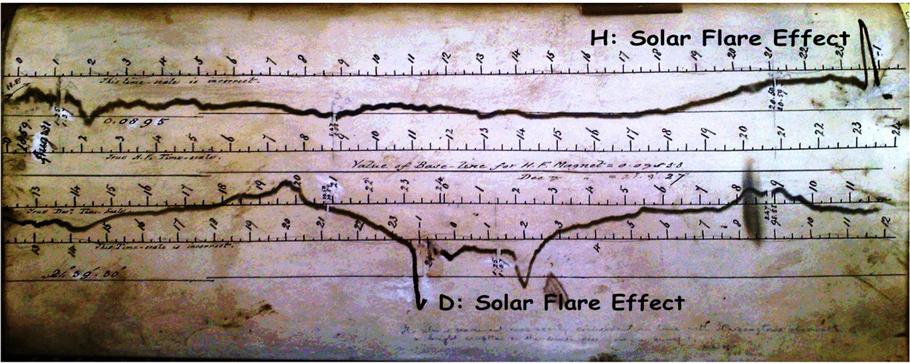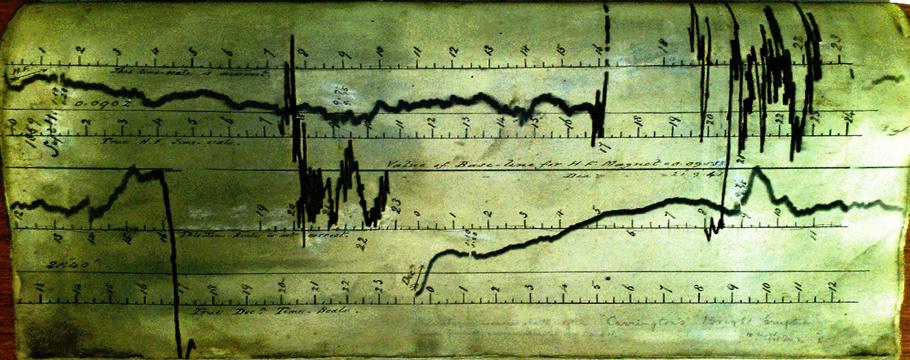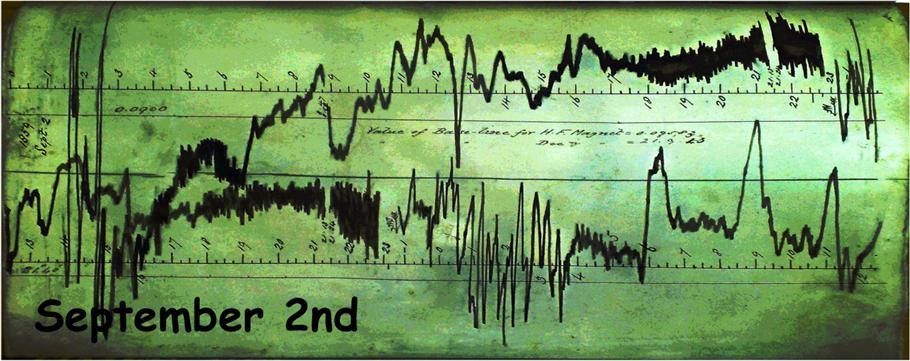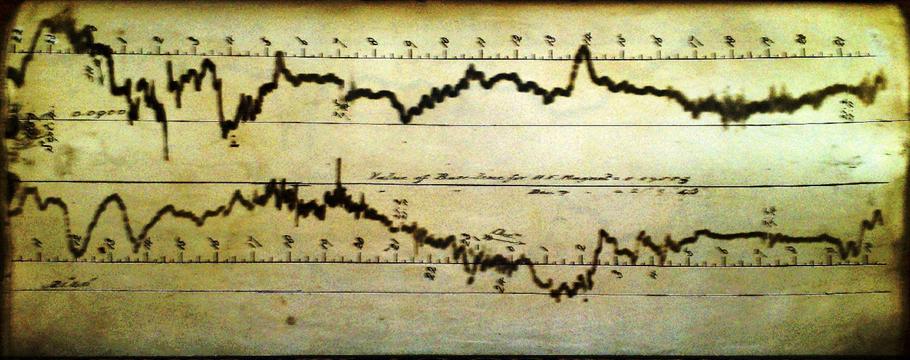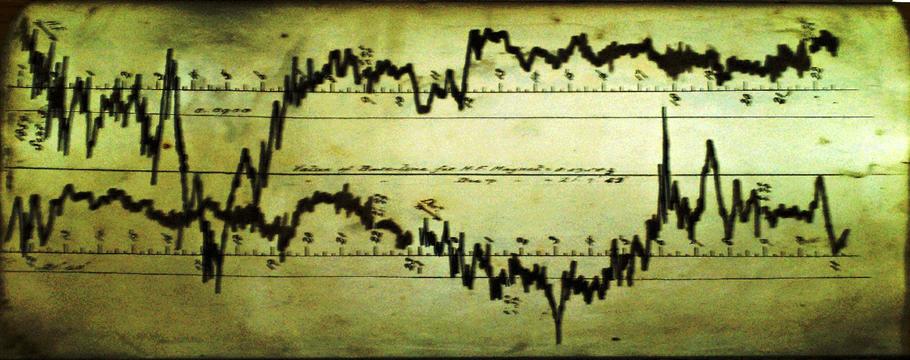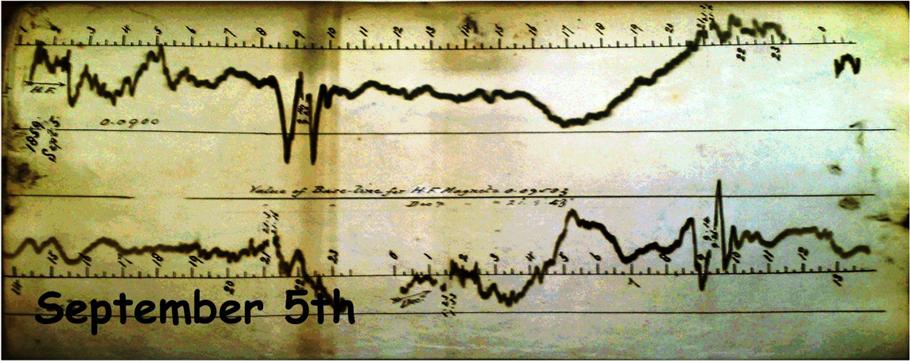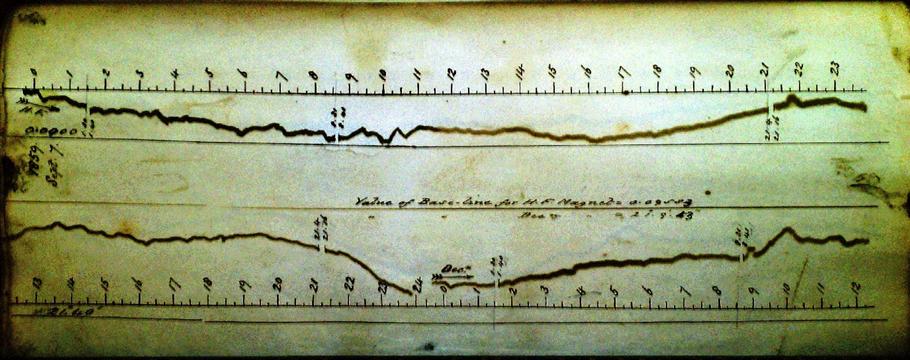LISTEN:
http://podcast.radionz.co.nz/twu/twu-20090418-1315-Time-banking-048.mp3The Need for Monetary Reform and the Status of the Movement
Thomas H. Greco, Jr. March 19, 2004
What is Needed to Solve the Problem?
The denationalization of money, the separation of money and state is urgently needed.
Prospects
Don't expect the politicians to do the right thing. The good news is that the answers can come from free
people exercising their rights of contract and association.
The main problems are:
.Legal tender status for FED-created money.
.The monopolization of credit by the banking cartel.
.Lack of an objective, non-political unit of account.
The unit of measure of value and the means of payment are two different things. The former is a
measure, like an inch or a pound; the latter is either a commodity or a credit instrument (an i.o.u.).
Free people can voluntarily choose to use their own accounting unit in dealings among themselves.
A particular weight of silver or gold would be better than an undefined, manipulated currency unit (e.g.,
he dollar).
Historically, the U.S. dollar was both a silver coin and a monetary unit that was originally defined as
371.25 grains of fine silver. The early paper bank notes, denominated in dollar units, promised
edemption in silver dollars, thus they were accepted as payment for various goods and services to the
extent of the value of the silver promised. When an issuing bank was not known to the seller of goods, or
he had doubts about the bank.s solvency, its notes could be refused or discounted from face value. When
paper notes denominated in dollars were forced to circulate at par, that standard was obliterated.
A unit based on a specified assortment of basic commodities would be better than a unit based on silver
or gold or any other single commodity.n any case, using a silver or gold unit of account does not mean that payment must be made in silver or
gold or that paper notes and ledger credits should be redeemable for silver or gold. Rather, if a dollar is
defined as so much silver, and I owe you 100 dollars, that does not necessarily mean that you can demand
payment in silver. It just means that I owe you 100 dollars WORTH (of something), and that worth is
determined by the current value of silver relative to all other goods and services. We need not revert to
commodity money as a means of payment in order to have an honest money system. Credit money can be
perfectly sound if properly issued on the basis of an adequate value foundation, like goods in the shops or
on their way to market. But since credit money is an i.o.u., the market must be free to refuse it or
discount it. Only the issuer should be compelled to accept his own currency at face value (par) because
hat is his promise, and his alone.
Again, goods and services pay for other goods and service. We just need an honest measure, and
reedom.
Using a commodity or commodities to define a value measure is quite a different thing from using a
commodity as a means of payment. Commodity money is a primitive form; credit money is a more
evolved form.
When I describe commodity money as "primitive," that implies no value judgment. The word means
"pertaining to an earliest or original stage [of development]," so, since commodity money was the earliest
form of money, it is, in fact, primitive. While commodity money can be useful in particular
circumstances, I believe that the more evolved forms are more APPROPRIATE to the goals of personal
freedom, social justice, peace, harmony, and economic equity.
I have no gold or silver. What I do have to offer to the market is goods and services. You, likewise,
probably have no gold or silver, but offer other goods and services to the market. Ultimately, we each pay
for the things we buy with the things we sell. In other words, goods and services buy other goods and
services.
The problem then becomes, how do we transcend the barter limitation, i.e., the "double coincidence" of
wants or needs? Sure, we can use some commodities that are in general demand as an intermediary, like
gold or silver, or, as was common in early post-war Europe, cigarettes, Hershey bars, and nylon
stockings.
But it is much more efficient to simply sell to one another on credit, and then spend our credits to
requisition whatever we may want from others in the market. The supply of any chosen commodity (like
gold or silver) is limited and most of the gold and silver is closely held by those who run the system, the
central governments and central banks. They decide the price we must pay for those commodities. But
credits can be created as needed at minimal cost so all desirable trades can take place.
To be sure, credit money has been abused. The banking monopoly has perverted it into usury-debt
money. The answer is not to discard credit money, but to perfect it through the establishment of mutual
credit-clearing networks and independent private and community currencies.
This will not only liberate the exchange process but will help to knit a new social fabric to replace that
which has been corroded by the dominant system.
It is worthwhile to read the works of E. C. Riegel. His exposition of the nature of money and its workings
is masterful. His philosophy was strongly libertarian (with a small "l"), and his proposed solutions are
elegant.
The State of the Monetary .Reform. Movement
Money has been, a recurrent political issue, but from World War II on into the 1980's, it became
obscured from general public view. The debate, if there was any, shifted away from the proper
structuring of money and banking to mere policy issues . how to operate a system that was deemed by its
proponents to be .the best of all possible worlds.. Even today, the vast majority of people are oblivious
to the dysfunctions inherent in the dominant monetary regime and its impact upon their personal
fortunes.
Beginning in the nineteen-eighties with the advent of commercial .barter. or trade exchanges, and the
emergence from the grassroots of mutual credit associations and local currencies, the money issue once
more began to attract attention. From that time until the present, we have seen a rapid proliferation of
these systems around the world until they now number in the thousands. There is a growing recognition
of systems like LETS, Time Dollars, and local currencies. We have also seen a growing wave of activist
energy directed toward attempts to reform the dominant national monetary and financial systems, with a
particular emphasis on the matter of usury.
Encouraging as these developments might be, the movement remains fragmented and has yet to make a
significant economic impact or to involve more than a handful of individuals. The typical pattern for
grassroots-based mutual credit, LETS, and community currency systems is strong initial enthusiasm and
rapid growth in participation, followed by a slow decline and volunteer burn-out, followed by the system
either going defunct or limping along at a minimal level with little trading and a much diminished
participant base.
The pertinent questions, it seems to me are:
What are the main factors responsible for this pattern?
How can mutual credit and community currency systems be made to sustain themselves, and to thrive
beyond the initial spurt of enthusiasm?
And, perhaps more importantly , as was posed by one of my correspondents,
.What are the underlying issues that are preventing everyone seeking monetary reform from working
together,. and .How can we build synergy toward empowerment of the people?.
If we can find satisfactory answers to these last two questions, we will, I think, be well on our way
toward answering the others.
Here are some of my views on that.
First of all, there are, on the one hand, those who are aiming at monetary reform, and, on the other, those
who are seeking to transcend the dominant structures of money and banking. These two approaches are
quite different from one another. The former accepts as given the socio-political foundations of the
present regime and does not question its basic assumptions. The latter takes little for granted and seeks to
reinvent money and banking to better serve their intended purposes; it is a more thoroughgoing, more
"radical," approach that begins with a particular set of principles and ideals.
Most of the reform attempts, for example, accept the dogma of statism as the dominant "religion," and
believe the fallacy that the money power should rest solely in the hands of the state. A few would admit
the possibility of supplementing state (or central bank) money with local community currencies, but fail
to see the deeper implications. As Ulrich von Beckerath says, "extension of exchange transactions
without State money is in reality the beginning of a new system of settling accounts, indeed the
beginning of a new economic order."
I do not raise this point to further divide the "reformers" from the "transformers," but to show how they
might be brought into alignment toward a common goal. If the fundamental goal is "empowerment of the
people," then action needs to be taken on every level, and every opportunity must be exploited. If we can
find a way to ramp-up the pressure toward empowerment, then it will ooze into every available nook and
cranny and expand into every opportunity that presents itself. Sometimes it will look like a step toward
reform, and sometimes it will be a new, complementary approach to mediating exchange.
There are many of us who have become aware that solving the money problem is fundamental to solving
the other critical problems facing civilization, and have made it the central focus of our energies. I
believe that those of us who are serious about making a contribution to solving it must first educate
ourselves, learning everything we can about the principles of exchange and finance.
As a comparison, we might ask, Why were the Wright brothers successful in achieving manned powered
flight when so many others had failed? It seems clear to me that it is because their approach was
systematic. They learned all the could about the principles of flight by reading what others had already
learned, by observing the phenomenon of flight in nature, and by experimenting with different
possibilities that presented themselves.
We must do the same. It is important to study both the history of money and the theory of money, to
observe how things work in nature, to study the systems that already exist, and to design our experiments
to be unambiguous in their answers. What has and has not worked in the past? Who has proposed
promising solutions that have not yet been adequately tested or demonstrated? How, where, and under
what circumstances, can those proposed solutions be adapted to today's situation?
My own inclination is toward "freedom approaches," with a particular focus on what can be done by
associations of businesses, by grassroots organizations, and even by municipal and provincial
governments. I do not wish to shift control of the money monopoly from one group to another; I seek
ways to transcend it. Thanks to some very brilliant thinkers who have preceded us, I think we now have
an adequate understanding of the principles needed to design exchange mechanisms that are sound,
effective, and economical, but more importantly, honest, fair, and empowering. And, thanks to the new
computerized telecommunications technologies, we have the necessary tools and infrastructure to easily
implement them.
If the various approaches to solving the money problem are to be harmonized toward a common goal, we
must at least have a common understanding about what money is. After 25 years of intensive research, it
has only recently become clear to me that money has evolved through several different stages. We must
make a clear distinction among the different kinds of money that have been used, and understand the
characteristics and limitations of each. [I have written about this elsewhere, for example, in an article that
was published in NORFED's recent book, The Liberty Dollar Solution To the Federal Reserve. My
article entitled, New Money for Health Communities, begins on page 306.].
The main points I make in that article will be further elucidated in another book that I hope to complete
soon. Everyone needs to understand the progression in the chain of evolution of the exchange process. It
has evolved from simple barter, to commodity money, to symbolic money, to credit money, to credit
clearing. While all of these forms are called .money,. they are each distinctly different .animals. with
distinctly different characteristics. This will be further elaborated elsewhere.
For now, I wish to emphasize the point that commodity money, like gold and silver, while it may offer a
partial solution if and when things become chaotic, remains a primitive medium of exchange. It can serve
as a store-of-value, is useful for impersonal exchange transactions, and provides portability of wealth.
But ultimately, our best security is in our relationships with each other. Mutual credit clearing will
ultimately provide a much more efficient and effective mechanism for exchange, if we can achieve the
necessary level of organization. And, this need not be limited to small local circles, but can proliferate
into a federation that can span the globe.
In 2003, a team of associates established a new website called, www.reinventingmoney.com, dedicated to
promoting freedom approaches to solving the money problem. More and more people are aiding in the
effort and we are gradually compiling and making accessible the most insightful and promising materials
available. I particularly recommend to everyone the writings of E. C. Riegel and Ulrich von Beckerath.
Yes, there is a lot there to read, but a good start can be made with Riegel's Flight From Inflation, and
Beckerath's The Practical Realization of the Milhaud Proposals. Just these two will provide a better
education in money and banking than can be had at any university.
=================
 Stumble It!
Stumble It!
 Stumble It!
Stumble It!












